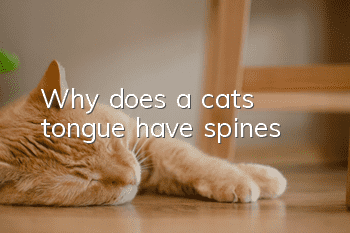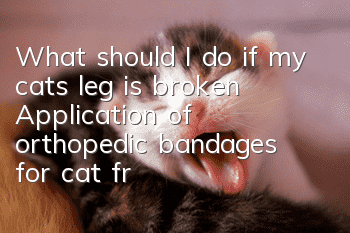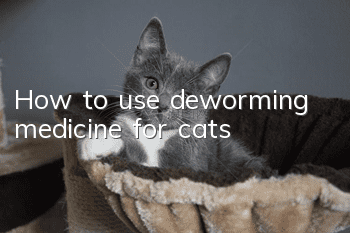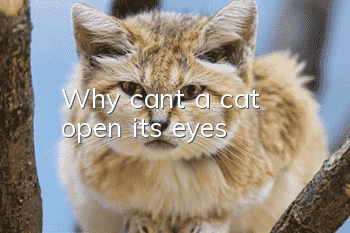Why does a cat's tongue have spines?

Cats' tongues have spines because they need to pick the meat of prey from bones or skin; because they serve as a comb to keep their hair clean; and because they can absorb more water when drinking. The spines on a cat's tongue are not real spines, but tissue called linear papillae, with their tips facing backward in a tooth-like shape, and the surface is covered by a very hard corneal membrane.
A cat’s tongue has spines because it has to peel the meat off the bones
The barbs on a cat's tongue are inherited from their ancestors and have many functions. The barbs on cats' tongues are there to help them pick the flesh from the bones or skin of their prey. It is difficult for the claws of cats to pick off the meat attached to the bones of prey, so the barbs of the cat's tongue are needed to assist in this function.
Cats have barbs on their tongues because they love to be clean
Cats are animals that care very much about their own cleanliness. Their tongues are also the only tools used to clean their hair. The spines on their tongues are the combs that cats use to comb their hair. The animal world is full of all kinds of smells that humans can't smell. For all kinds of animals, smell is what they rely on to mark their territory and attract the opposite sex. The same is true for cats. In the past, cats lived in the wild in order to prevent themselves from being tracked by the world. It continuously licks the scent off its body to prevent predators from tracking it through its scent. Today's domestic cats have also inherited this habit and keep themselves clean at all times.
Cats have barbs on their tongues because they drink more water
The barbs on a cat's tongue allow the cat to allow more water to adhere to the barbs when the tongue touches the water and is withdrawn. Dogs will spill water everywhere when they drink water, but cats will not spill water everywhere when they drink water. This is because of the barbs on the cat's tongue. The contact area between the tongue and water is increased, thereby increasing the amount of water you can drink each time you stick out your tongue.
The barbs on a cat’s tongue can also increase the risk for cats
Although the barbs on a cat's tongue can increase the cat's survival rate in the wild, the linear papillae on the tongue can also cause big trouble for the cat itself. If a cat encounters a ball of wool with exposed thread ends, the thorns on the tongue will cause big trouble for the cat. The wool will become entangled on the tongue. The cat will do whatever it takes to get the thread ends off the tongue, even scratching its own Mouth and tongue.
- How to educate a Ragdoll cat when it bites?
- Signs before a kitten dies of dehydration
- Do cats lick their fur just because they like to be clean?
- Several common reasons why cats urinate at home
- What should cats pay attention to when consuming hair removal cream?
- Will kittens change their habit of biting when they grow up?
- How to measure a cat’s temperature?
- How to understand the inner state of pet cats?
- Cataract symptoms and treatments in cats
- How many months old should a kitten be dewormed?



